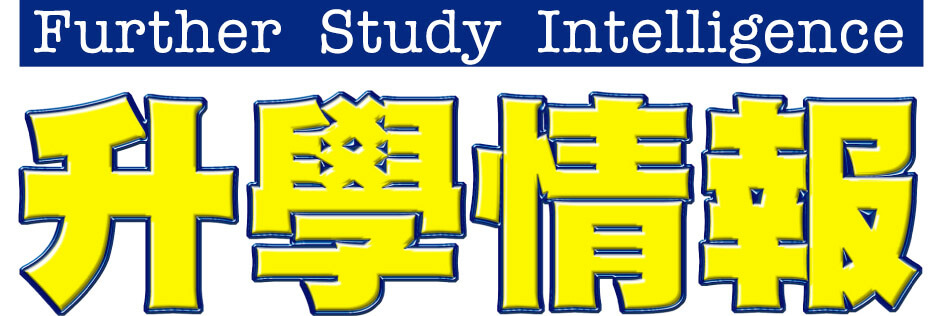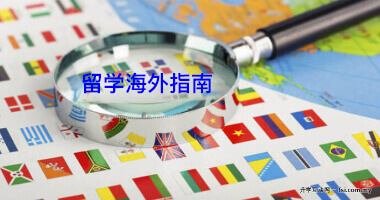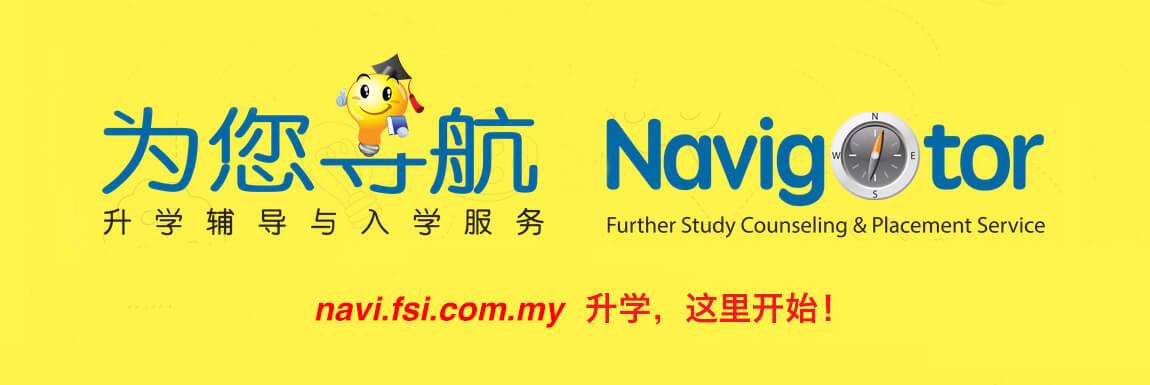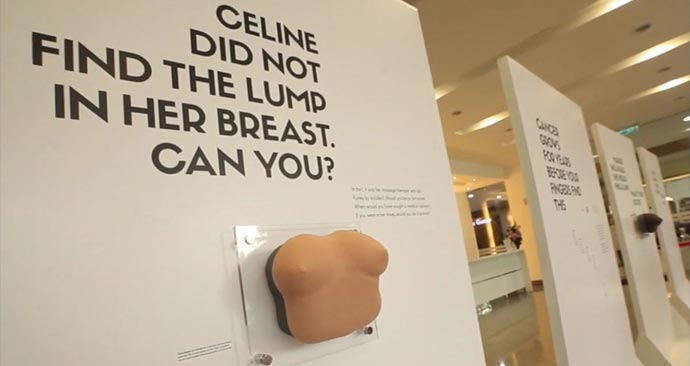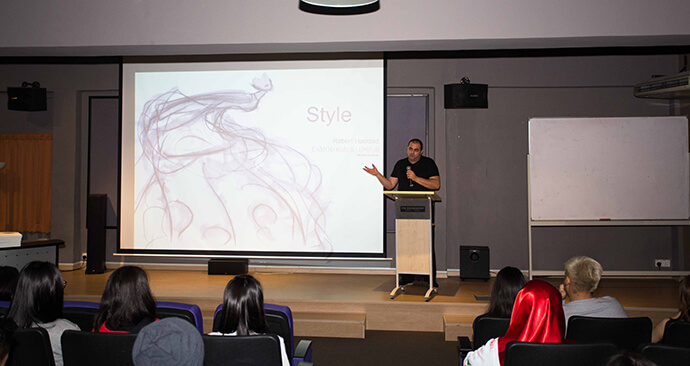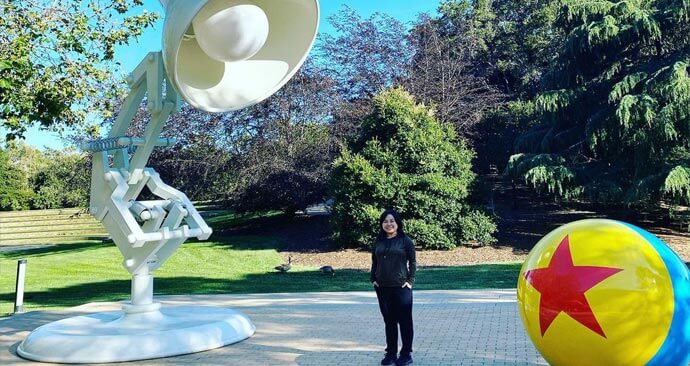Ellis Bartholomeus is an industrial designer who hails from the Netherlands. She recently visited Malaysia and when invited by the Digital Media Design Faculty of The One Academy, she readily agreed to give a sharing to their students. The Dutch, who described herself as a Play Alchemist, has developed over 50 games in her 20 years of experience in game design. She has developed many digital games, websites and apps, using games as a tool to motivate.
When she asked the audience whether or not they play games, almost everybody raised up their hands. In a warm-up game session, she sent balloons into the audience where they had to keep the balloons afloat by passing it to one another. The rules changed as she spoke and impacted the course of action towards the balloons. She went on to prove her point that even a simple game such as that had everyone engaged and involved, as a player or even just a spectator. A simple change in the games rules also changes the behavioural activity of a person.
She went on to explain the “magic circle” or also known as “circle of play”. It is a term coined by Johan Huizinga, a Dutch historian in his book Homo Ludens, a study on play and culture. In games and digital media, the magic circle is the space in which the normal rules and reality of the world are suspended and replaced by the artificial reality of a game world. In a very basic sense, the magic circle of a game is where the game takes place. To play a game means entering into a magic circle. The circle creates a safe temporary space for the act of play.
She gave an example of when feeding a baby who refuses to eat. Oftentimes, the mother will have to pull a trick of pretending that the spoonful of food is a flying aeroplane or an incoming train, hopefully so the baby complies and opens their mouth. As such, a negative situation was turned into a positive one just by putting in an imaginary rule in it. The magic circle can be used for motivation by bringing someone onto a playful state.
There are three components of a state of play – a game, a player and the activity in between. A game designer can only invite the player to play the game, it is solely up to the player to start the interaction and learn something from it. She told the students, that as a designer of furniture, websites, mobile phone apps and the such, one has to think of how the users will perceive and use it, and how to keep them engaged, instead of focusing on just making the outer appearance look good.
As a dyslexic, she played a lot of brain-training games such as Wordfued with her mother to improve on her language. She learnt how to learn better by playing such games, as they helped her connect with herself and motivated her to learn more. She also showed some of her projects and initiatives with people from all walks of life, from children to the elderly, and young students to university students.
In her experience, many clients have asked her how they can catch the players. She explained that the players cannot be caught, as it is a voluntary effort. The three criteria for game designing are freedom, safety and trust.
“Playing a game is a voluntary attempt to overcome unnecessary obstacles,” she quoted Bernard Suits, author of The Grasshopper. She muses that it’s funny because as game designer, what they actually do is create obstacles for a player to overcome. They are not designing fun, but actually frustration for the player who feels a sense of victory and satisfaction when they overcome the obstacles, and is then motivated to progress further. A failure in a game can be overcome by playing it again and again.
She also explained on the ‘Theory of Flow’ by Mihaly Csikszentmihalyi, which is when someone is so engrossed in what they’re doing that they forget their surroundings, space or time. It seeks to find a balance to the challenge to keep people engaged. When the challenge is too high, the player will give up; but when it is too low, the game becomes boring. Every player is different; therefore, it is important to keep everyone included in the circle.
All in all, it was a fun and enlightening sharing session where she doled out great advice and even gifted her self-authored book, Apply Play, to a lucky student who posed the best question. Thanks to her, the students gained useful knowledge and learnt game-related theories that will prove useful in their journey as digital media designers.
The One Academy is committed to providing the best art education programmes and continues to nurture its students passionately through its “Masters Train Masters” coaching philosophy, which has been practised for the past 28 years, by providing diploma and degree courses namely Advertising & Graphic Design, Digital Animation, Digital Media Design, Film Visual Effects, Interior Architecture & Design, Illustration, Fine Arts and Paris Fashion Design & Pattern Making. For more information on The One Academy, visit www.toa.edu.my or call +603-7875 5510 or e-mail your enquiries to [email protected].
Online Education Fair 线上教育展
The One Academy of Communication Design
https://edufair.fsi.com.my/theone

Ellis Bartholomeus, an industrial designer from Netherlands, giving a sharing to Digital Media Design students at The One Academy.

A group photo with Ellis Bartholomeus and the audience.
